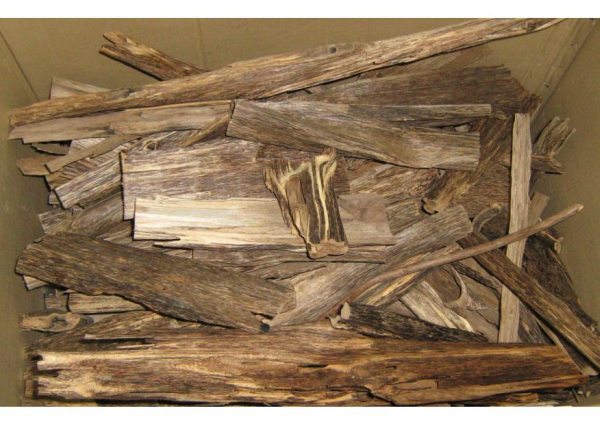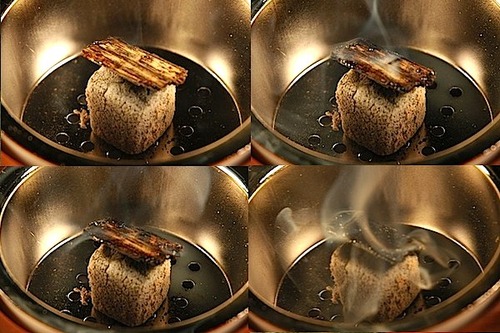Oud or agarwood is a very rare natural fragrance that is diminishing rapidly from forests that once used to have abundant agarwood trees, and their rarity has driven people to come up with various cheating techniques.
Cheating is found at all levels: the wood supplier, the distiller, the wholesaler, and the retailer. We will go over some of the common techniques below.
Cheating Practiced with Oud Oils
1. Mixing oud oils from different origins
It is common practice to add oils from less popular regions to oils from regions that are highly sought after, like India or Cambodia. The resulting oil is then sold as ‘Indian oud’ or ‘Cambodian oud’ to the uninformed buyer.
2. Mixing oud oils of different qualities
A higher quality agarwood oil will also be mixed with a lower quality oil to decrease the total cost, and will then be sold as as high quality oil.
3. Mixing oud oils with adulterants
This is the most common of all cheating techniques, and occurs in 99% of cases.. Extremely foul-smelling low grade oud oils are spiked and tamed with essential oils like vetiver or fennel oil. The use of synthetic perfumes is not uncommon. Almond oil, DPG and glycerin are used to stretch the oud oil, and some distillers even use a certain type of synthetic glycerin which is harder to detect, to stretch the oil. Certain powders are used in the distillation process itself to make the oil thicker, which a lot of people incorrectly think is an indication of quality.
Cheating Practiced with Oud Wood
1. Using wood other than Oud
In Indonesia, one of the most common cheating techniques employed is selling Bouya or other wood under the guise of agarwood. It is painted dark brown or black and some oud oil is smeared onto it which bubbles when placed on a lit coal.. This gives the unaware novice the impression that it is real oud, and that the bubbling is the resin being release due to the heat. An easy way to find out if this has been done is by breaking a chip in half and comparing the color inside to the color on the surface. ‘Black magic wood’ is a particularly outrageous technique, where someone will go to the extent of injecting aromatic substances into the wood. This clever technique ensures that the fragrance as well as the color penetrate deep into the wood’s fibers.
2. Inserting foreign objects into the wood
This makes the wood heavier, and the uninformed buyer will think that the weight is due to the abundance of resin. Lead, sand, and various other things are used to make wood feel heavier than it is.
3. Incorrect grading of wood
One of the main weaknesses I witnessed in the Arabian oud market is the complete lack of knowledge of proper grading of oud. Everything is put into one of three categories: regular, super, and double-super. The Western oud market is even less exposed to the world of oud wood, since wood chips are still nowhere near as popular as oud oil. I have seen wood that is black magic wood, or B-grade some other lower grades, being sold as A-grade or ‘First Grade’ or with other names denoting quality. ‘Singer oil’ (a sewing machine lubricant) and other substances are commonly used to darken wood chips, to make them appear darker and more resinous than they really are.
In reality, there are approximately 14 grades, and each grade has tell-tale signs. Most of what is being sold is over-graded and in most cases, wood chips of an inferior grade are mixed in with a superior grade of wood to increase the quantity of the latter. This occurs at all levels of the supply chain.
4. Mislabeling of wood
Indian and Cambodian oud have traditionally been the two most common ouds exported to the Arabian oud market, and have thus acquired a reputation. This is why oud from other countries is commonly sold as “Oud Cambodi” or “Oud Hindi”, given the demand that exists for these two particular varieties. Thai wood, as an example, is often sold as Cambodian oud. Low grade Indonesian wood is regularly exported, adulterated and then sold as anything but itself.

















